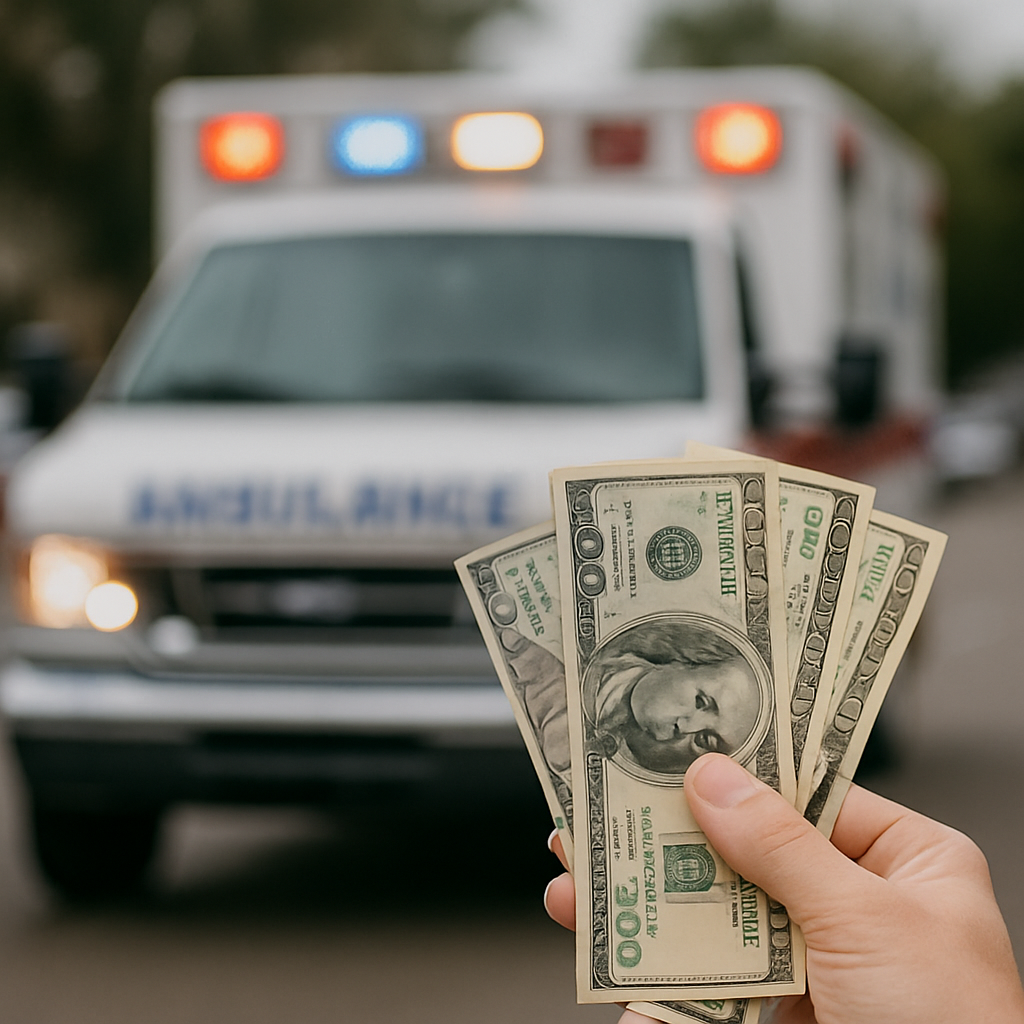
Quick take: In DeBlase v. Hill (2025), a Brooklyn judge allowed a negligent infliction of emotional distress claim after a person witnessed a car kill Duke, the dog she was walking on a leash, applying the zone of danger rule. It’s an important step—but narrow, fact-specific, and a trial-level decision (not a statewide statute or high-court ruling).
What changed (and what didn’t)
What did the court actually say?
The court recognized—in a limited way—that a dog may be treated like “immediate family” only for zone of danger purposes when:
- you were in real physical risk (e.g., as a pedestrian), 2) the dog was tethered/attached to you by a leash, and 3) a negligent driver caused the incident. The decision itself clarifies it does not extend to scenarios like veterinary procedures or other settings without negligent driving and tethering. Read DeBlase v. Hill.
Is this “the law” across all of NY?
Not yet. It’s a trial-court ruling tied to very specific facts (pedestrian + leash + vehicle). It signals a trend toward viewing pets as “more than property,” but it is not a blanket rule for every case.
What can I claim—and how do I build my case?
Can I claim “emotional distress” for my dog’s death?
Possibly—but only if your facts look like DeBlase: you were present, in physical danger (zone of danger), the dog was leashed to you, and there was negligent driving. If you weren’t there, the dog wasn’t tethered, or you weren’t in real danger, that emotional-distress path typically doesn’t apply.
What damages are more common today?
- Reasonable veterinary expenses and related costs (e.g., cremation/memorial, depending on the case).
- Property-type damages (many auto insurers still classify pets as property in crash claims).
- If your pet was inside your car, some policies include pet injury coverage (e.g., Progressive lists up to $1,000 with collision—see coverage details).
- For dog bite/animal injury cases, Flanders indicates you may pursue negligence (fact-dependent), not just strict-liability theories.
What should I do right after an incident?
- Safety first and report it (police/311/animal control).
- Take photos/video of the scene, the vehicle/hazard, and your proximity to it.
- Identify witnesses and collect contact info.
- Keep vet records and receipts.
- Check your policy (look for “pet injury coverage”).
- Talk to a lawyer: if you might qualify under zone of danger, framing the facts and preserving proof is critical. Click here if you want to get in touch with us.
“This content is informational and not legal advice. Every case is different.”



